Penelope Rosemont
No Luxury Ocean Liners! No Wine tours! Abolish Tourism! Dance on Clouds!
No doubt about it the urge to wander, to explore, to discover… to travel is a basic motivation for me, almost an obsession. Perhaps it is a human need for all, unless it is beaten out of you as a child and fear taken its place.
Wandering, eyes always searching the horizon, at the Milky Way, alert, scanning, focusing, the glory of being alive. New places restore us, invigorate our senses. We turn the external into the internal and there is a renewal, a joy. I am always astonished by the travelers of former days, for instance, Marco Polo who set off on a journey of thousands of miles and many years, by ship, by camel, by horse…by whatever means, learning languages as he went.
The journey is part of the life of Humankind. Hopi lore, too, as told in Sun Chief by Don Talayesva as the sacred journey for Salt; the Inuit journey in the winter when traveling is easier because the tundra is frozen. On the Road is a journey of youthful passions. The Wizard of Oz, a journey of discovery for a young woman. For most of human history women did not travel, except when the tribe traveled. Women were prisoners of their families, loved, protected but prisoners none the less.
If they wished to travel they had to disguise themselves as men like Alexandra David Neel who journeyed to Tibet or Isabelle Eberhart who journeyed in North Africa. I grew up in a beautiful place which I am still closely attached to, a place many persons would journey to. But I had to experience the world, I had to go to college, I had to live in Chicago, I had to go to Paris and London. I was searching for something but I was not sure what. I found friends, I found love, I found surrealism. Surrealism became a bit of an obsession, it was a key to exploring the mind and finding a self expression. In Morning Star Michael Löwy writes “surrealists are doomed to innovate, invent, and explore. The old ways, the paved roads, the beaten paths are in the hands of the enemy. New ways must be found—the wanderer makes the path.”
What do you look for? We tend to find what we are looking for. Somehow this has been a guide for me. That and Leonora Carrington’s quote, “The task of the right eye is to peer into the telescope, while the left eye peers into the microscope.” Adding a layer of analogy, geology and history enriches discovery. How do people live their daily lives? When were the cities built? Who walked here? Every place we visit has many dimensions in time, in space, in human experience. There is also the dimension of art, dance, music and poetry. I think about August Derleth’s book Genius Loci about Wisconsin; the glorious collection of pottery faces, Moche portraits in Peru; the musical instruments in Paris Museum Quai Branly; the Cluny tapestries; the Papua poets series; the double rainbow over Lake Michigan; Fossil coral.
Quite a while ago in 1992 Chicago surrealists put out an issue of a newspaper called WHAT Are You Going to Do About It? It’s purpose was to publish “An International Surrealist Declaration on the Columbus Quincentennial” entitled “As Long as Tourists Replace Seers.” This document was initiated by Sylvia Grenier in Buenos Aires and signed by close to 130 surrealists. This problem of tourism grows even more rampant; it is a recurring and important question that as surrealists we must be examine carefully, the manifesto concluded, it was “poetry—an authentic act of total insubordination—that continues to explode the foundations of stifling totalitarianism. The surrealist is the companion and the accomplice of the Indian, the native, the aborigine. …we join forces with them, longing to hear in their voice more than an echo of their past. Because we know indigenous voices, despite oppression, are obstinately alive….No one else but the shaman, who speaks in dreams, will discover the keys to the inversion of this sign: then, seers will replace tourists.”
